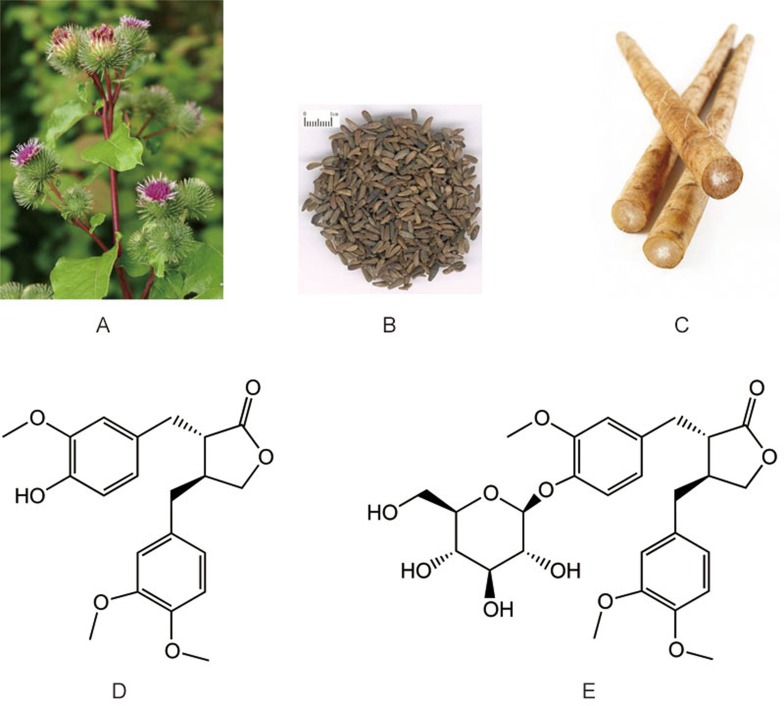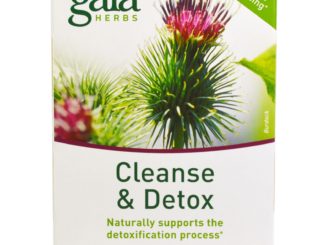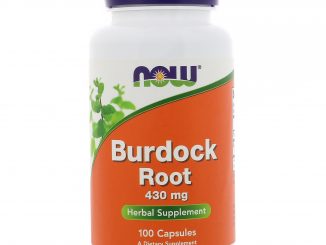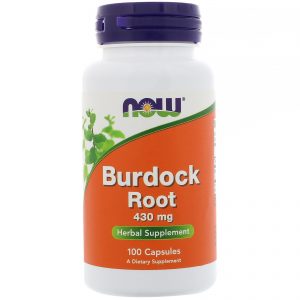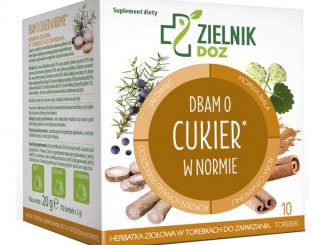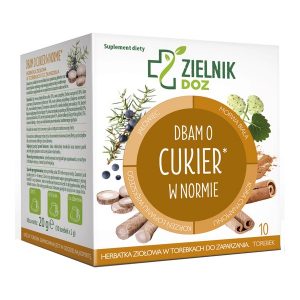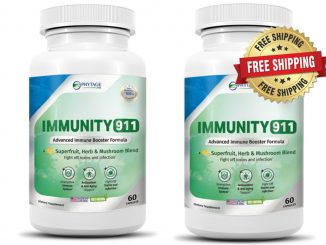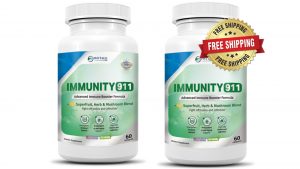The properties of Greater Burdock
Arctium Lappa, commonly called greater burdock, gobō (牛蒡/ゴボウ), edible burdock, lappa, beggar's buttons, thorny burr, or happy major is a Eurasian species of plants in the Aster family, cultivated in gardens for its root used as a vegetable.
The roots, seeds and leaves of burdock have been investigated in view of its popular uses in traditional Chinese medicine (TCM). In this review, the reported therapeutic effects of the active compounds present in the different botanical parts of burdock are summarized. In the root, the active ingredients have been found to “detoxify” blood in terms of TCM and promote blood circulation to the skin surface, improving the skin quality/texture and curing skin diseases like eczema. Antioxidants and antidiabetic compounds have also been found in the root. In the seeds, some active compounds possess anti-inflammatory effects and potent inhibitory effects on the growth of tumors such as pancreatic carcinoma. In the leaf extract, the active compounds isolated can inhibit the growth of micro-organisms in the oral cavity. The medicinal uses of burdock in treating chronic diseases such as cancers, diabetes and AIDS have been reported. However, it is also essential to be aware of the side effects of burdock including contact dermatitis and other allergic/inflammatory responses that might be evoked by burdock(907).
